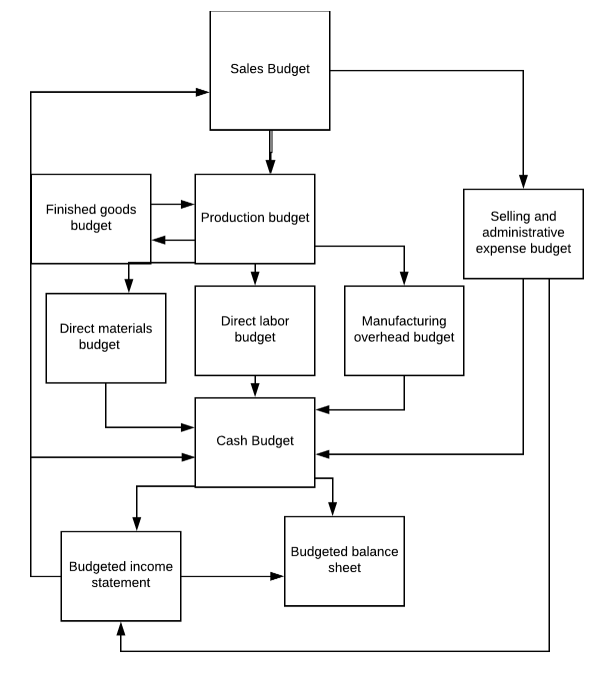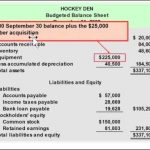
Now, you’ll start earning a dividend not only on the original units that you had purchased, but also on the new units received through the dividend reinvestment. Investing money in India has become a popular way to build wealth over time, and compound interest is one of the most powerful tools available to investors. With compound interest, the interest earned on an investment is added to the principal, and the resulting amount earns interest itself.
Health Insurance
- The effective annual rate is the rate that actually gets paid after all of the compounding.
- A. Yes, the online compound interest calculator will allow you to choose the amount, rate of interest and time period to calculate the compound interest.
- The calculation of the compound interest differs from that of the simple interest.
- Unlike simple interest, which only accrues interest on the initial investment amount, compound interest includes interest earned on both the principal amount and any accumulated interest.
For the second year, your interest would be calculated on a $1,050 investment, which comes to $52.50. If you reinvest that, your third-year interest would be calculated on a $1,102.50 balance. The concept of the time value of money states that a dollar today is worth more than a dollar in the future due to its potential earning capacity. By investing your money and allowing it to grow through compound interest, you’re effectively harnessing the time value of money to build wealth over time. Interest earned on the original principal plus accumulated interest is referred to as compound interest. You’re not only earning interest on your initial deposit, but you’re also earning interest on your interest.
Get started with investing today
You can also use the compound interest calculator to see how different interest rates and loan lengths affect the amount of compounded interest you’ll pay on a loan. The compound interest calculator online works on the compound interest formula. You will have to input the principal amount, the frequency of compounding, your investment tenure, and the expected rate of return. https://www.quickbooks-payroll.org/ The compound interest calculator displays the results as the maturity amount at the end of investment tenure. To calculate the compound interest earned on your lumpsum investment, you just need to enter your investment amount, interest rate, tenure and compounding frequency. It will give you the result, i.e., total amount invested, and the interest earned on it.
How is compound interest calculated & the formula used?
Yes, you can calculate your returns on National Savings Certificates using the compound interest calculator online. Once the calculator has processed all data it will provide accurate results within minutes. The calculator will give you an estimate of the total maturity amount.
Simple Interest Formula
For example, if you invest $1,000 at 5% simple interest for 10 years, you can expect to receive $50 in interest every year for the next decade. In the investment world, bonds are an example of an investment that typically pays simple interest. ICICIdirect.com is a part of ICICI Securities and offers retail trading and investment services. The information mentioned herein above is only for consumption by the client and such material should not be redistributed. Inflation degrades the purchasing power of money as the cost of services and goods rises over time.
Compound interest is the eighth wonder of the world, as famously quoted by Albert Einstein. This is because compound interest allows you to earn interest on the interest you’ve already earned. It’s like a snowball effect, where your investment grows larger and larger over time. In India, compound interest plays a significant role in many investment options, such as fixed deposits, mutual funds, and recurring deposits. A compound interest calculator is a tool that is used to calculate the total interest that will be earned on an investment.
However, the returns will increase based on the compound interest as after the first interest cycle, Rs 100 interest will be added back to Rs 1,000 to calculate the following interest on Rs 1,100. The effective annual rate (also known as the annual percentage yield) is the rate of interest that you actually receive on your savings or investment after compounding has been factored in. You can include regular withdrawals within your compound interest calculation as either a monetary withdrawal or as a percentage of interest/earnings. Compound interest is the interest charged on the loan amount or the deposit amount adding the interest earned in the previous term. The calculation of the compound interest differs from that of the simple interest.

It also offers compounding frequency, higher frequency gives higher returns. For example, an investment that offers daily compounding interest earns more than an investment that offers quarterly compounding interest. Daily, monthly, quarterly, and yearly compounding refer to how often interest is calculated and added to the principal.
A is the final amount of money after t years, including both the principal and the compounded interest. Simple interest is better when buying something like a car loan which is calculated based on simple interest. what’s the difference between operating income and gross income The interest calculation of compound interest is a little difficult comparatively as it involves different periods of compounding. Calculation of simple interest is very easy and easy to understand.
You can follow the below steps to determine your compound interest. If you include regular deposits or withdrawals in your calculation, we switch to provide you with a Time-Weighted Return (TWR) figure. Suppose Mr. Sam wants to invest 1,00,000 rupees annually at the rate of 15% p.a. The main difference between compound interest and simple interest is that in the case of simple interest, the amount on which the interest is calculated remains constant throughout the period. Whereas in compound interest the amount on which the interest is calculated keeps on changing.
The amount will continue to increase each year after that, with interest being calculated on the principal amount plus the returns from the previous year. Calculating these amounts manually can be challenging, so using a compound interest calculator is so helpful. When you invest an amount into a savings scheme, giving your investment the same rate of interest of 10% and you can invest it under either a simple or compound interest scheme. The earnings on this investment will be more with the interest compounded. For a monthly instalment of ₹12,000 compounded every month for 4 years at 5% interest rate, the maturity amount would be ₹6,36,179.
The factors that affect compound interest include the interest rate, the frequency of compounding, the principal amount, and the length of time the investment is held. Higher interest rates, more frequent compounding, larger principal amounts, and longer investment periods all lead to higher compound interest. A. Yes, the online compound interest calculator will allow you to choose the amount, rate of interest and time period to calculate the compound interest. Use this calculator to determine the worth of your investment after some years if you earned a fixed rate of return on it. Its clear that at maturity the amount from compounding is higher than that from simple interest.
Compound interest investments are those investment instruments that provide compound interest to the investors rather than offer simple interest. The idea behind compound interest investments is to multiply the investment amount quicker than those having simple interest. Although you can use the mathematical formula to determine compound https://www.accountingcoaching.online/how-to-calculate-inflation-rate-base-year/ interest, there is always a possibility of committing manual mistakes, which can highly alter the results. You may invest a lower or high amount with the wrong compound interest calculation to earn the desired interest rate. Suppose you invest Rs 1,000 in an instrument that provides eight per cent returns annually with compound interest.
This allows your sum and interest to grow at a faster rate compared to the simple interest which is calculated only on the principal amount. The compound interest formula is simple and involves four variables P,R,N,n. The P in the formula stands for the principal amount of the investment, and R stands for the interest rate.

It is very clear from the above example that the higher the compounding interval, higher is the wealth accumulated. Also, longer the investment tenure higher is the wealth accumulated. The frequency of compounding and wealth accumulation are directly related. The higher the frequency of compounding, more the accumulation of wealth.
